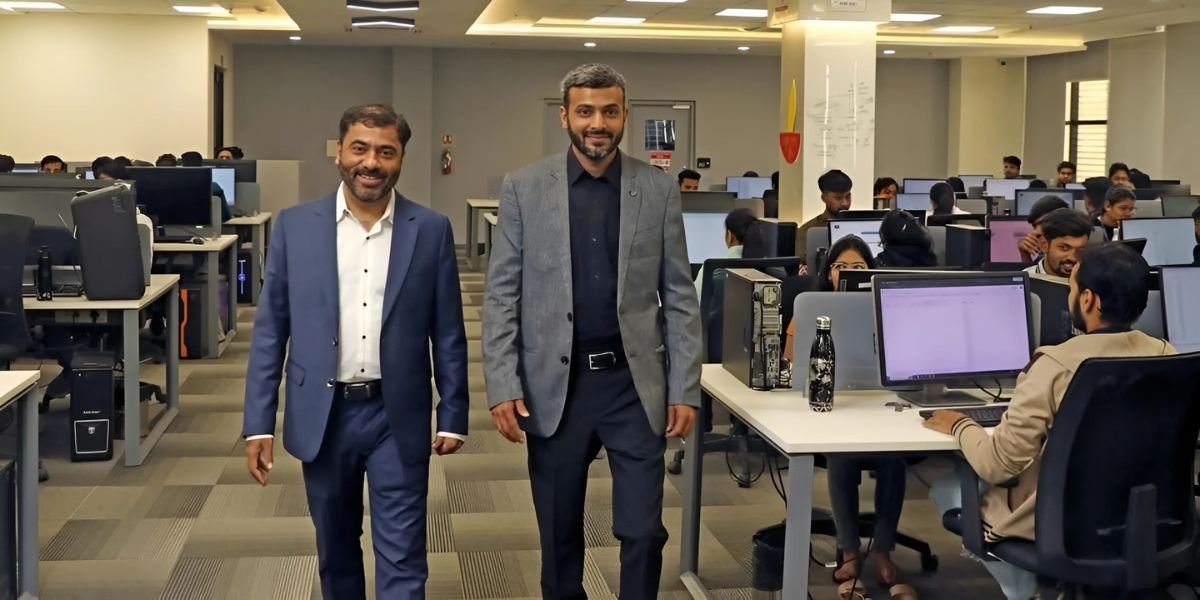The Gen Z Stare is a term that has sparked significant discussions in both social and professional settings. This expression, often seen as a blank or unresponsive gaze, has become a recognizable feature of how younger generations engage with their surroundings, especially in the workplace. Initially, this behavior can seem puzzling or even rude, but its roots go deeper than mere disinterest. Understanding this trend requires looking at how communication styles have shifted and how generational differences impact social interactions in the professional world.
In work environments, especially in customer-facing or team-based roles, the Gen Z Stare has drawn attention due to the gap in expectations between older and younger employees. Older generations often perceive it as a lack of engagement or a sign of disrespect. However, those who belong to Gen Z typically argue that this behavior is not intentional but rather a symptom of their unique way of processing and communicating.
Read also: Tailor Brands: Guiding Gen Z Entrepreneurs to Success in the Be-Your-Own-Boss Era
How Does the Gen Z Stare Affect Workplace Communication?

Photo Credit: Unsplash.com
Communication in the workplace is crucial for maintaining productivity, harmony, and morale. The Gen Z Stare, often described as a vacant or unfocused gaze, can disrupt the flow of conversations and create tension between colleagues. However, this reaction doesn’t mean that Gen Z employees lack the skills necessary for effective communication. Instead, it reflects their evolving way of interacting.
Gen Z grew up in a world of digital communication, where texting, social media, and instant messaging dominated most conversations. This generation’s communication is less about eye contact and more about brevity and efficiency. Consequently, when Gen Z employees are engaged in a conversation, they may appear distracted, simply because they are processing information in a more internalized way. This can often be misinterpreted by older colleagues as indifference or disengagement, leading to frustration on both sides.
Why Do Managers Find the Gen Z Stare Stressful?
Managers and supervisors from older generations have reported increased stress when dealing with the Gen Z Stare. The lack of visible engagement can be especially problematic in customer-facing positions, where employees are expected to maintain active, visible communication. In some cases, the stare has been linked to decreased customer satisfaction, with customers perceiving employees as inattentive or unprofessional.
Furthermore, the frustration doesn’t stop with customers. Managers, feeling the pressure to maintain positive workplace dynamics, might interpret the stare as a lack of effort or emotional intelligence. This perception can lead to strain between managers and Gen Z workers, potentially leading to misunderstandings or even job dissatisfaction among the younger workforce.
Interestingly, many of these stressors could be mitigated if workplace cultures recognized the differing communication styles of Gen Z. Managers who are more attuned to the evolving workplace dynamic are better able to foster an environment that encourages open dialogue and adaptation to different communication preferences.
Is the Gen Z Stare a Sign of Disrespect or a Coping Mechanism?
At first glance, the Gen Z Stare can seem disrespectful or dismissive, but there’s more to it than meets the eye. Psychologists and communication experts suggest that it may be a form of emotional regulation, especially in high-pressure environments. For a generation that has faced unprecedented levels of social media scrutiny, economic uncertainty, and global crises like the pandemic, the Gen Z Stare could function as a defense mechanism against stress and emotional fatigue.
Instead of responding with the usual social cues such as nodding, eye contact, or verbal affirmation, Gen Z may choose to shut down emotionally to avoid feeling overwhelmed. This behavior may be especially pronounced in workplace scenarios where stress is high, and personal boundaries are often pushed.
Additionally, growing up in an online world where many interactions are text-based, Gen Z may have learned to communicate through more passive means. The Gen Z Stare, rather than being an act of defiance, might simply reflect a more introverted way of engaging in the world, an outcome of an environment where people communicate in bits and pieces rather than face-to-face.
How Can Employers Bridge the Communication Gap?
Understanding the Gen Z Stare is just the first step. The real challenge lies in bridging the communication gap between older and younger employees. There are several strategies employers can employ to reduce misunderstandings and improve overall workplace culture.
One effective approach is to provide training on emotional intelligence, which can help employees across all age groups understand how their body language and communication styles may be perceived by others. This kind of training can encourage active listening, empathy, and adaptability, which are key to improving interactions between generations.
Workplaces should also focus on creating an open environment where employees feel comfortable discussing their communication preferences. For example, Gen Z employees might feel more comfortable texting or using digital platforms for feedback rather than engaging in lengthy in-person discussions. On the other hand, older generations may prefer more traditional, face-to-face conversations to ensure clarity and connection.
Moreover, creating team-building activities that encourage different generations to collaborate and understand each other’s working styles can significantly enhance intergenerational dynamics. These activities should focus on creating mutual understanding rather than simply addressing surface-level communication problems.
Read also: Why Renting Might Be the Best Choice for Millennials and Gen Z
What Are the Broader Implications for Workplace Culture?

Photo Credit: Unsplash.com
The Gen Z Stare is not just a passing trend, it reflects the shifting tides of workplace culture. As more younger workers enter the workforce, traditional norms are evolving, and so are the expectations surrounding how we communicate and interact.
The growing prominence of digital communication tools, remote work, and hybrid work models has made face-to-face interaction less frequent, but that doesn’t necessarily mean communication is less effective. Instead, it’s a sign that the workplace must evolve to accommodate new ways of interacting.
The Gen Z Stare exemplifies these shifts, demonstrating the importance of recognizing different communication styles and adjusting workplace cultures accordingly. As more businesses embrace these changes, they can foster more inclusive, flexible environments that value emotional intelligence, adaptability, and innovation across generations.
The Gen Z Stare is a phenomenon shaped by social, emotional, and technological influences. It serves as a reminder that workplace culture needs to adapt and evolve to accommodate the diverse ways in which different generations communicate. By understanding and acknowledging these differences, employers can create environments where all employees, regardless of their age or background, can thrive together.












